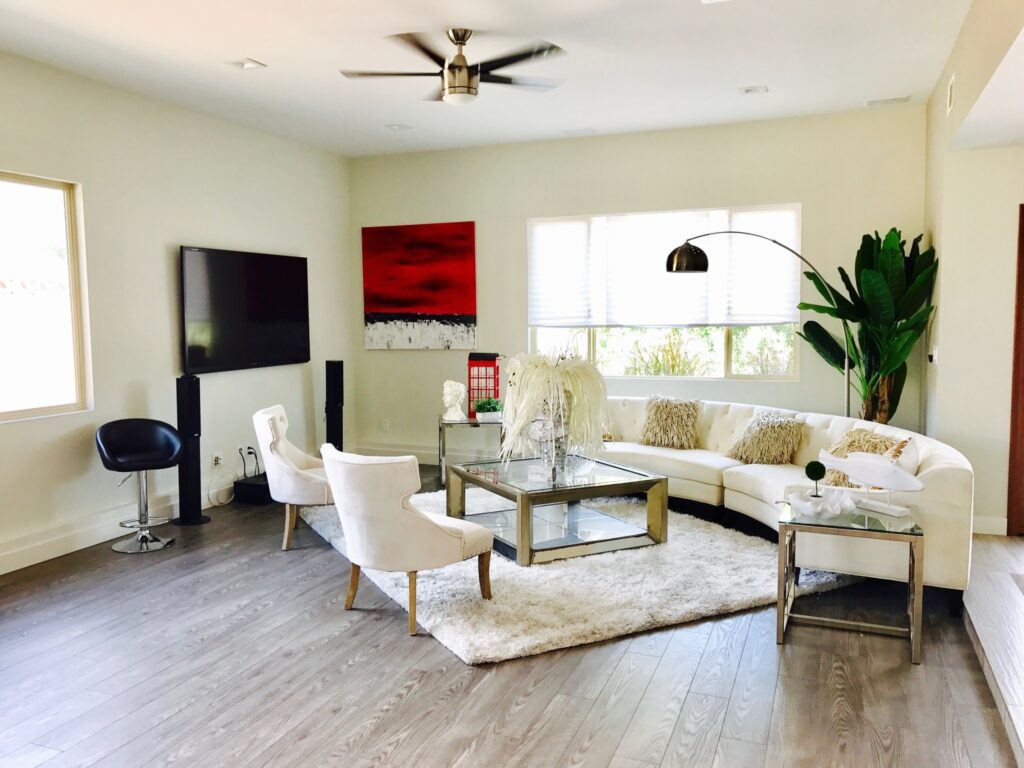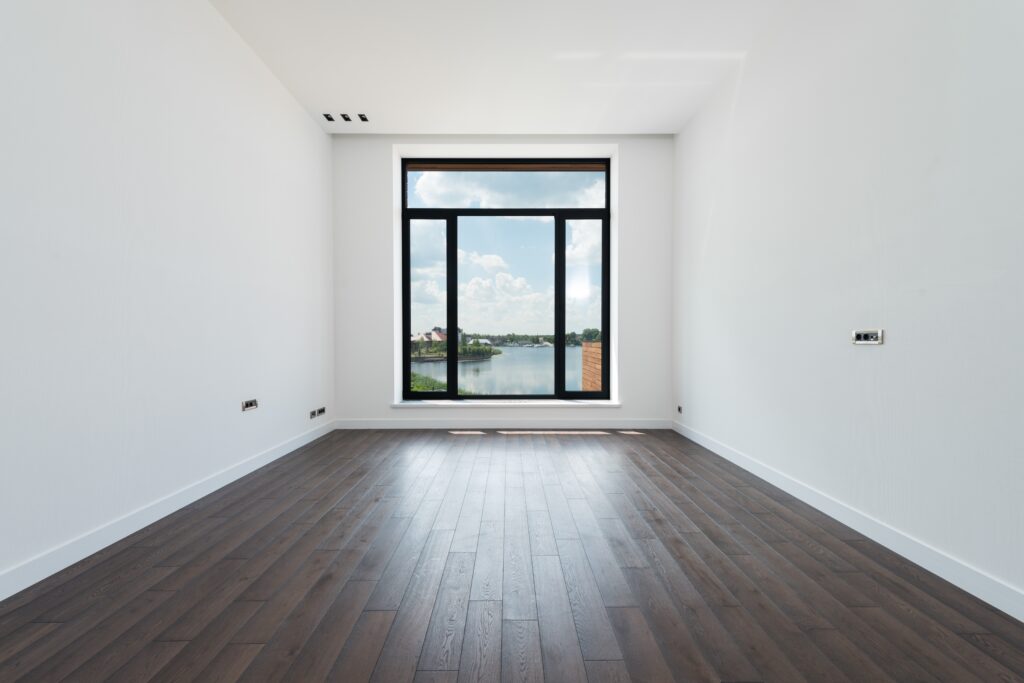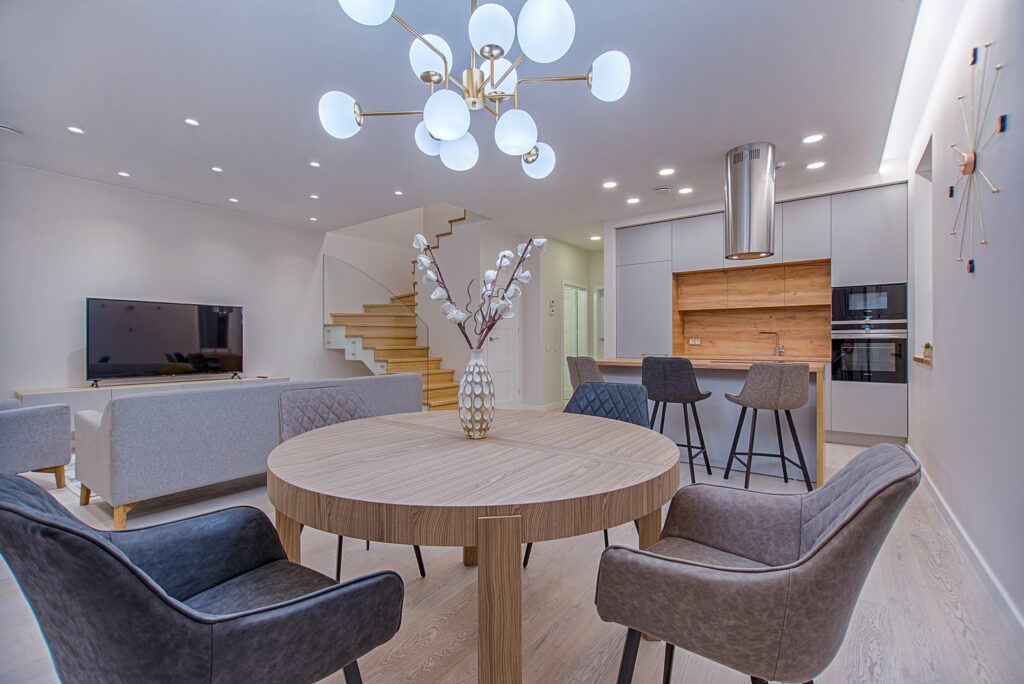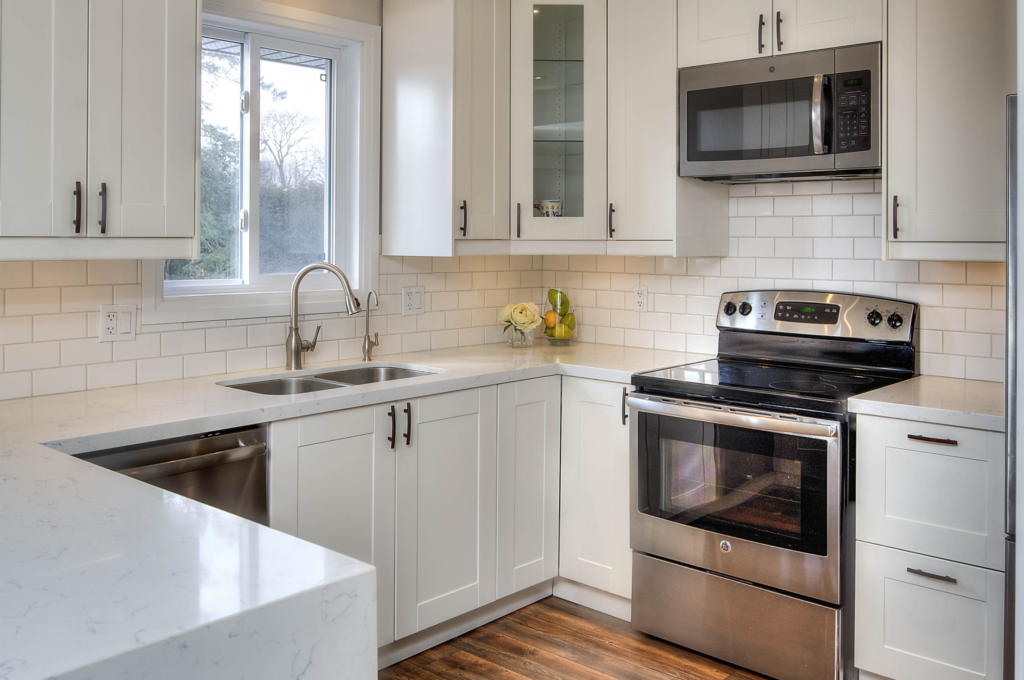When it comes to creating a comfortable and visually appealing living space, the arrangement of furniture plays a pivotal role. Space and flow are key elements to consider, as they greatly influence the overall ambiance and functionality of your home. A thoughtfully organized layout can strike a perfect balance between available space and the placement of furnishings, resulting in a serene and inviting atmosphere. In this article, we will explore the significance of space and flow in furniture arrangement, along with practical strategies that can help you optimize your living areas.
Understanding Space and Flow

The Importance of Space and Flow in Furniture Arrangement
Space and flow are crucial factors when arranging furniture. They significantly affect the comfort, functionality, and aesthetic appeal of your home. With a well-thought-out layout, you can ensure a harmonious balance between space and furnishings, creating a serene and inviting atmosphere.
Basics of Space Planning and Traffic Flow
Space planning involves organizing furniture and functions to work together effectively. Traffic flow refers to the path that people take when moving through space. Creating a seamless traffic flow helps to prevent awkward maneuvering around furniture, enhancing comfort and convenience.
Assessing Your Room Layout
Consider Your Room’s Functionality

Before rearranging furniture, consider what activities take place in the room. Whether it’s a space for relaxation, entertainment, work, or dining will dictate the type of furniture and how it should be arranged.
Measure Your Space
Accurate measurements are key. They’ll help you choose the right furniture and decide where it should go. Don’t forget to measure doorways, windows, and other important features.
Identify Focal Points
Focal points give your room a center of attention. This could be a fireplace, a piece of artwork, or even a large window with a view. Furniture should be arranged to highlight these points.
Essential Furniture Arrangement Strategies
Using Furniture to Divide Spaces
Large, open-plan living areas can be divided into zones using furniture. Sofas, bookshelves, or screens can create separate areas for different activities.
The Role of Symmetry in Furniture Arrangement
Symmetry provides balance and cohesion. However, too much symmetry can appear formal and rigid. A mix of symmetrical and asymmetrical arrangements often works best.
The Importance of Scale and Proportions
Furniture should be proportional to the room and other items. A large, bulky sofa might dominate a small room, while a tiny coffee table could get lost in a spacious living area.
Arranging Furniture Around a Focal Point
Placing key pieces of furniture in relation to the focal point can enhance visual appeal and functionality. For example, in a living room, arrange seating around the fireplace or television.
Maximizing Small Spaces
Multi-functional Furniture for Small Spaces
Multi-functional furniture, such as sofa beds, extendable tables, or storage ottomans, can maximize functionality in small spaces.
Tricks to Create Illusion of Space
Mirrors, strategic lighting, and minimalist design can make a small room appear larger. A clear path of movement also aids in creating a sense of spaciousness.
Importance of Lighting in Small Spaces

Good lighting can open up a small space. Natural light is best, but lamps and overhead lights can also contribute to a bright, airy feel.
Improving Flow in Large Spaces
Using Zones to Break up a Large Space
In large spaces, it’s possible to create different zones for various functions. This helps to use the space efficiently without it feeling empty or chaotic.
Importance of Paths and Walkways in Large Spaces
Paths and walkways should be clear in large spaces. They guide the flow of movement and help to distinguish different zones.
Furniture Selection for Large Spaces
Large spaces can accommodate larger furniture. But remember, it’s about balance. Too many large pieces can make a space feel crowded, while too many small pieces can make it feel disjointed.
Practical Tips and Tricks for Furniture Arrangement
Using Rugs to Define Spaces

Rugs are great for defining zones in open spaces. They can anchor a furniture arrangement or differentiate one space from another.
The Art of Balancing Furniture
Balancing furniture involves considering size, color, and position. A balanced room feels cohesive and comfortable, regardless of its size.
Importance of Empty Spaces
Not every inch of a room needs to be filled. Empty space can offer a visual break, helping to highlight the furniture and décor.
Conclusion
Recap of Furniture Arrangement Strategies

Effective furniture arrangement depends on understanding space and flow, assessing your room layout, and applying practical strategies. These concepts apply whether you’re dealing with small or large spaces.
Encouragement for Experimentation and Adaptability
Every room is unique, so don’t be afraid to experiment with different arrangements. Flexibility is key, as your needs may change over time.
When you need a professional touch to bring out the best in your spaces, consider hiring a staging company like Helen’s Design. With years of experience in home staging and furniture arrangement, they know how to maximize space and flow, creating rooms that are not only beautiful but also functional and comfortable. Contact Helen’s Design today and see the difference professional staging can make in your home.
